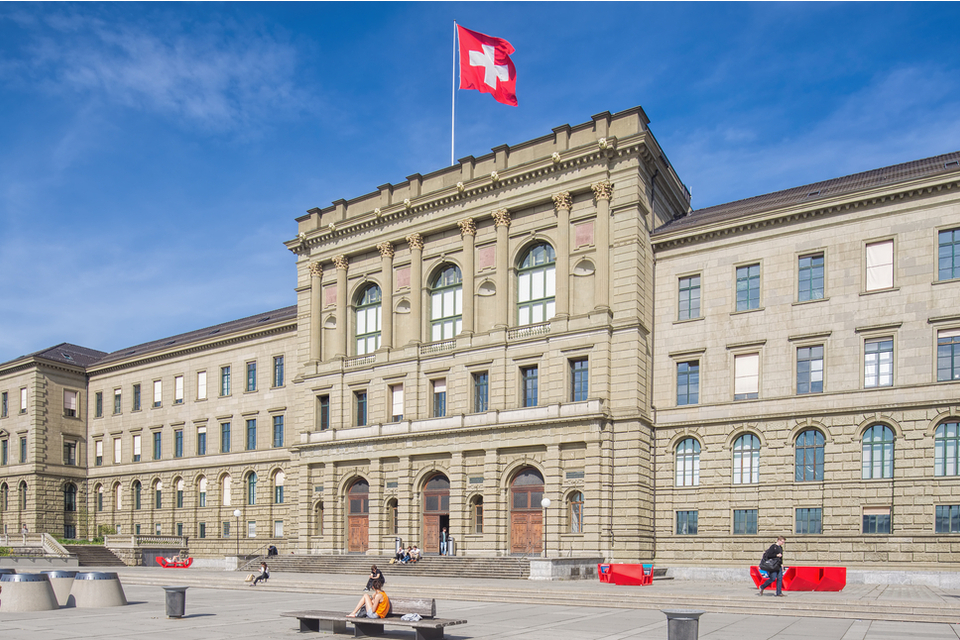Swiss researchers developed a low-cost catalyst system that splits carbon dioxide (CO2) and converts it into usable fuel.
Although promising, and perhaps the only viable option right now when you consider opposition from existing energy infrastructure, measures to cut CO2 emissions probably won’t be enough as greenhouse gasses continue to trap heat and raise the average temperature of the Earth.
The ultimate solution is to recapture CO2 from the atmosphere, split it into carbon monoxide, and then combine it with hydrogen to convert it into usable fuel (such as kerosene).
However, current CO2 splitting systems use prohibitively expensive catalysts, such as gold and silver, and the process uses more energy than it yields.
Now, the inventor of Grätzel Cells has a promising new solution.
New solar catalyst system splits CO2 into usable fuel.Click To TweetAtmospheric CO2 Levels hit a Record High
As one of the main contributors to climate change, carbon dioxide is considered to be the big bad wolf among the greenhouse gases.
Carbon dioxide is produced during combustion processes. For this reason, industrial production and automobile emissions have become a major environmental problem. During the ice ages, atmospheric CO2 levels were 200 ppm (parts per million), then, during warmer periods, rose to 280 ppm and fluctuated around that reading until the pre-industrialization era.
In May 2013, the Mauna Loa Observatory in Hawaii recorded carbon dioxide reading of 400 ppm. Then, as predicted, last April, CO2 concentration in the atmosphere hit the milestone of 410 ppm for the first time in millions of years.
Whether climate change skeptics like it or not, anthropogenic activities have taken their toll on the Earth’s atmosphere. The trend is on the rise, and it’s only a matter of time until carbon dioxide levels hit life-threatening thresholds, unless drastic solutions are enacted.
Creator of Grätzel Cells Low-Cost System for CO2 Splitting and Converting it Into Fuel
Michael Grätzel is a renowned professor of Physical Chemistry at EPFL, the Swiss Federal Institute of Technology (Ecole Polytechnique Fédérale de Lausanne), and the director of the Laboratory of Photonics and Interfaces. Grätzel invented the “dye-sensitized solar cell” (DSSC), also known as Grätzel cells, which earned him global recognition and dozens of international awards.
Now, after the DSSCs that mimic the light reaction occurring during natural photosynthesis, Grätzel and his lab team are exploring ways to produce clean energy from the number one pollutant: carbon dioxide.
Researchers at Professor Grätzel’s lab have developed the first-ever low-cost catalyst system. Using two Earth-abundant catalyst materials (tin oxide and copper oxide), the new system can selectively convert CO2 to CO with 13.4% efficiency.
To achieve successful CO2 splitting, the system still needs energy input, which is provided by solar cells which keep costs at their lowest ever for carrying out this sort of reaction.
EPFL researchers published their findings in the journal Nature Energy.



















Comments (0)
Most Recent